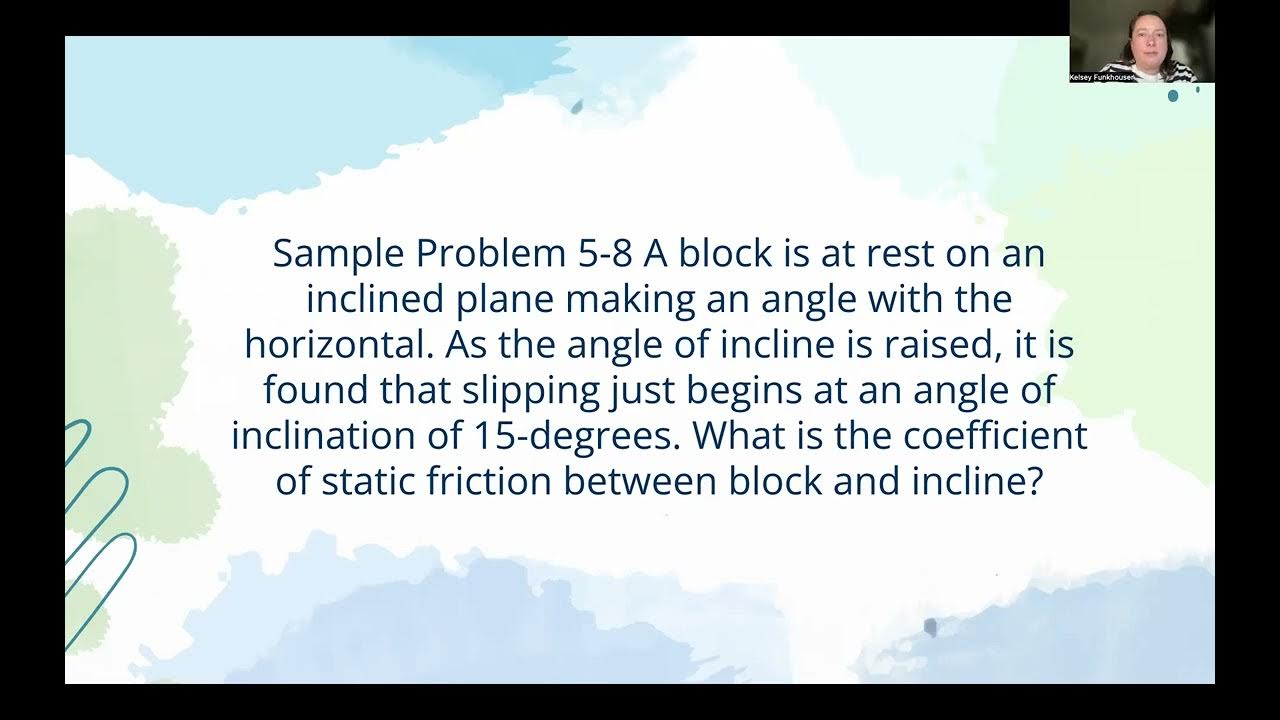How do ball and roller bearings work? Types and durability calculation. DIN ISO 281
Summary
TLDRThis video explains how bearings function to reduce friction in linear and circular motion, tracing their invention from Leonardo da Vinci to modern applications. It details the components of ball bearings, including rolling elements, rings, and shielding, and categorizes them into radial, angular contact, axial, roller, plain, linear motion, and magnetic bearings. Each type is designed for specific loads and applications, highlighting the importance of selecting the right bearing based on usage. The video emphasizes bearings' pivotal role in mechanical engineering and their standardized durability calculations.
Takeaways
- 🔧 Bearings reduce friction between moving objects, enabling smooth linear and circular motion.
- 📜 The concept of bearings originated from Leonardo da Vinci, but the first patent was filed in 1794 by Philip Vaugh.
- 🚴 Jules Sur patented the first ball bearing in 1869, which helped him win the first cycling race in history.
- ⚙️ A classic ball bearing consists of steel balls (rolling elements), a cage, inner and outer rings with grooves, and protective shields.
- 🛡️ Shields made of metal or plastic protect bearings from dust and liquids while retaining lubrication inside.
- 🌡️ Proper radial and axial clearance is essential to prevent wear or seizure due to thermal expansion during operation.
- 📊 There are three main categories of bearings: radial, angular contact, and axial, each designed for specific load directions.
- 🌀 Roller bearings, which include various types like needle and tapered roller bearings, are used for high accuracy and load-bearing.
- 🧲 Magnetic bearings use magnetic induction to eliminate friction and lubrication, making them efficient in extreme conditions.
- 📏 The DIN ISO 281 standard provides formulas for calculating bearing durability based on load coefficients.
Q & A
What is the primary function of bearings?
-The primary function of bearings is to reduce friction between two objects that are in linear or circular motion against each other.
Who was the first to file a patent for a bearing?
-The first patent for a bearing was filed in 1794 by Philip Vaughan.
What significant event did Jules Sur achieve with his ball bearing patent?
-Jules Sur won the first cycling race in history, the Paris-Rouen race, due to his patent of the first ball bearing on August 3, 1869.
What are the main components of a classic ball bearing?
-The main components of a classic ball bearing include steel balls, a cage, an inner ring, an outer ring, and shielding to protect against dust and liquids.
What types of loads do radial bearings typically withstand?
-Radial bearings are designed to withstand forces that are perpendicular to the axis of rotation.
What distinguishes angular contact bearings from other types?
-Angular contact bearings can withstand both perpendicular and axial loads due to their design, which typically features an oblique position of the rings.
What are thrust bearings primarily used for?
-Thrust bearings are primarily used to withstand axial loads.
How do magnetic bearings differ from traditional bearings?
-Magnetic bearings use magnetic induction to eliminate friction, avoiding the need for lubrication and allowing for efficient operation in extreme temperatures.
What is the role of the DIN ISO 281 standard in bearing selection?
-The DIN ISO 281 standard provides a formula for calculating the durability of bearings based on dynamic load coefficients, ensuring proper bearing selection for specific applications.
Why is lubrication important for bearings?
-Lubrication is crucial for bearings as it helps to reduce friction, minimize wear, and maintain operational efficiency throughout the bearing's lifespan.
Outlines

This section is available to paid users only. Please upgrade to access this part.
Upgrade NowMindmap

This section is available to paid users only. Please upgrade to access this part.
Upgrade NowKeywords

This section is available to paid users only. Please upgrade to access this part.
Upgrade NowHighlights

This section is available to paid users only. Please upgrade to access this part.
Upgrade NowTranscripts

This section is available to paid users only. Please upgrade to access this part.
Upgrade NowBrowse More Related Video

What is Bearing? Types of Bearings and How they Work?

PHYS 121 - Week 4 Lecture 2 - Friction & Circular Motion

Introduction to Bearings

MONALISA É A CARA DA MINHA ESPOSA! Classicismo

PERISTIWA PENTING DI EROPA : RENAISANCE

Movimento Circular Uniforme (MCU) - Cinemática Escalar - Aula 16 - Prof. Marcelo Boaro
5.0 / 5 (0 votes)